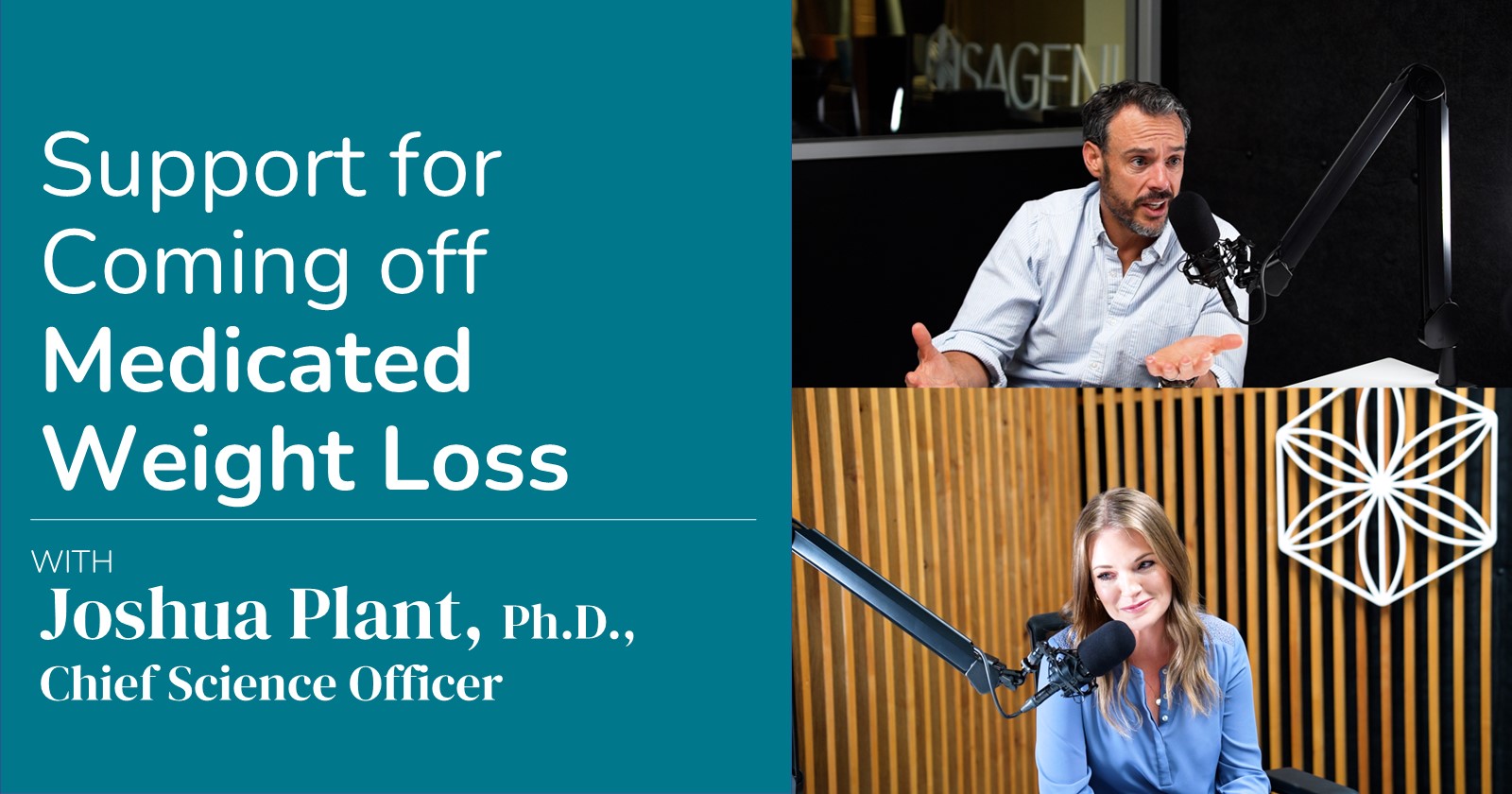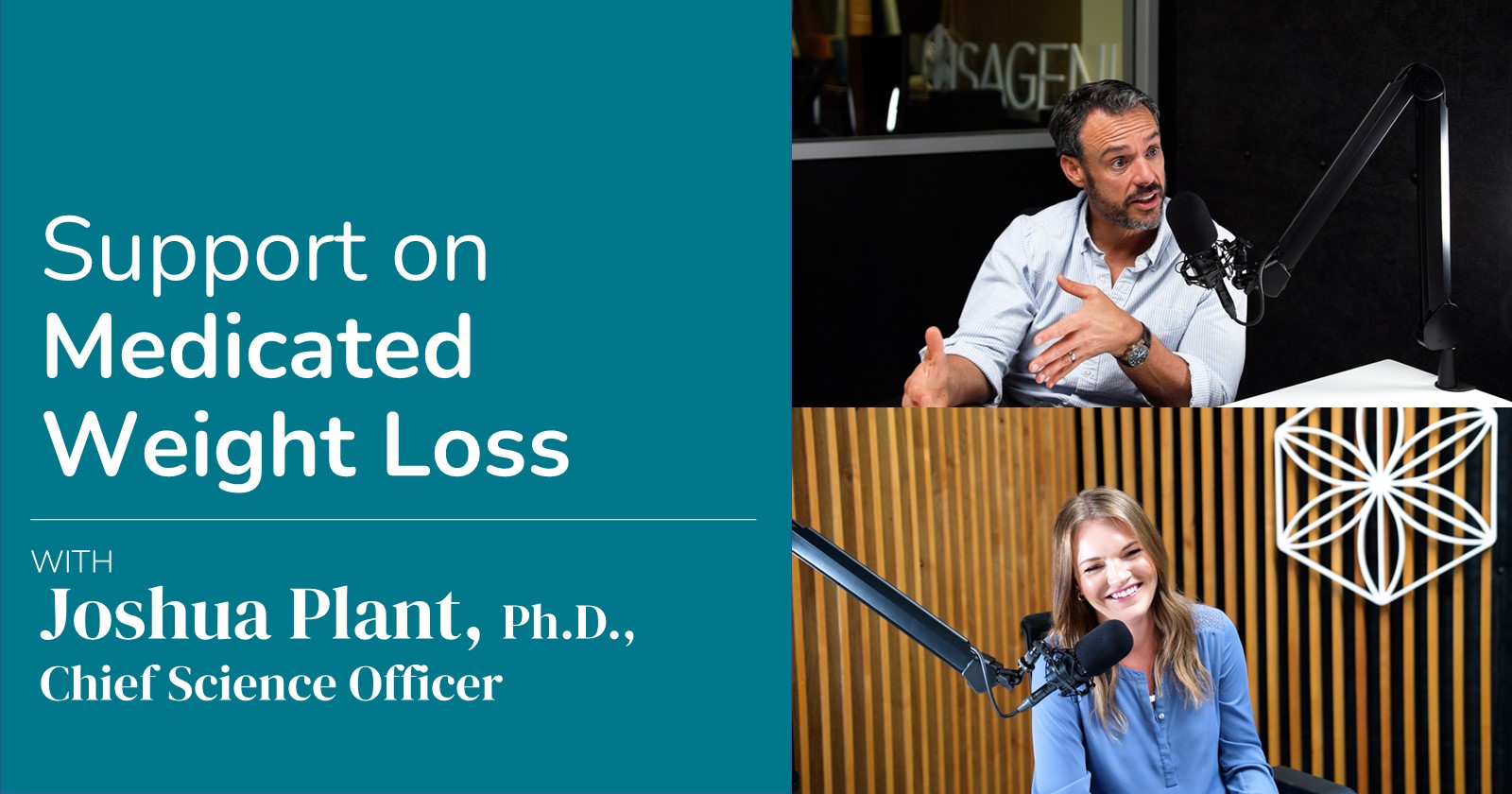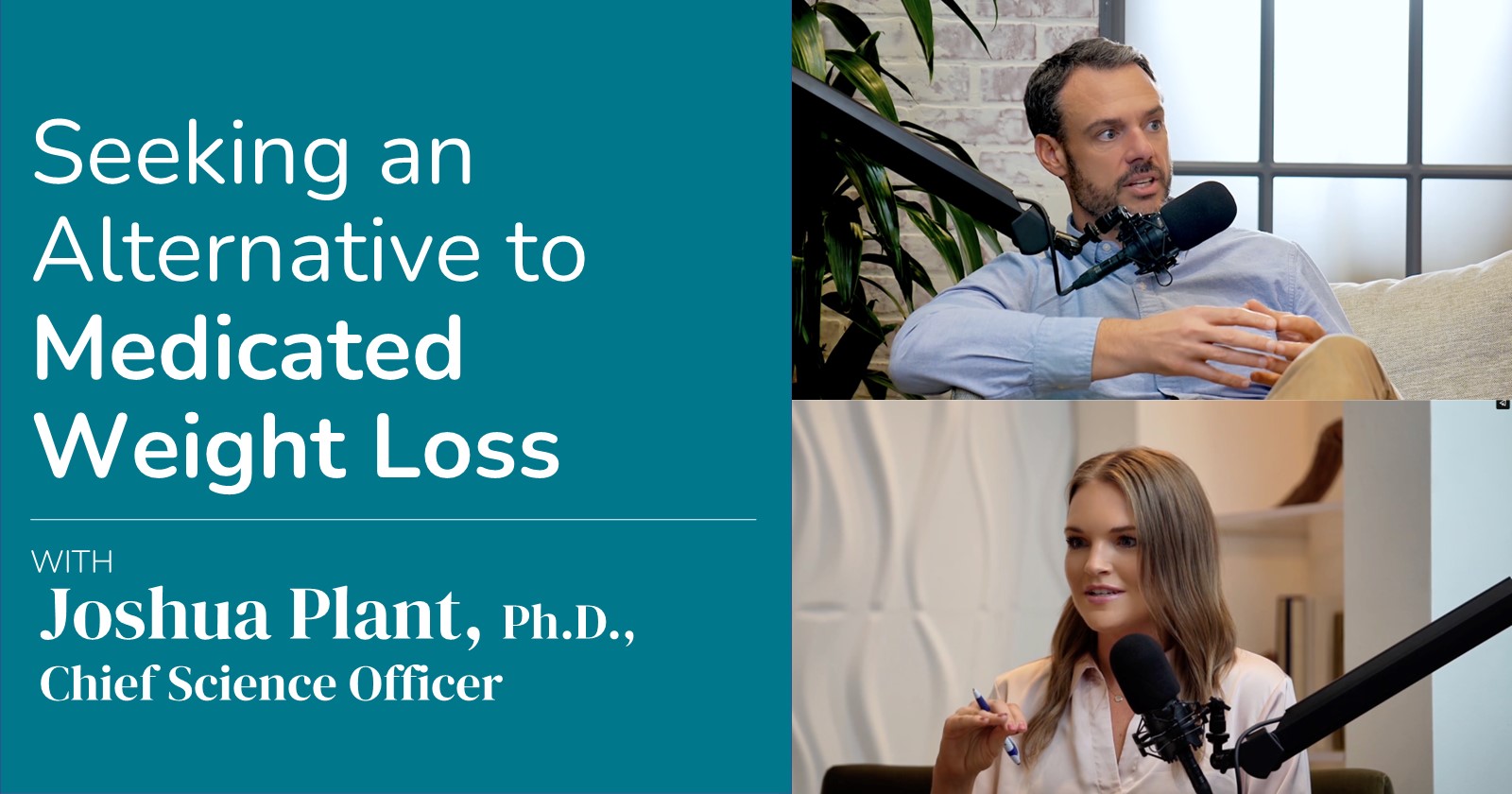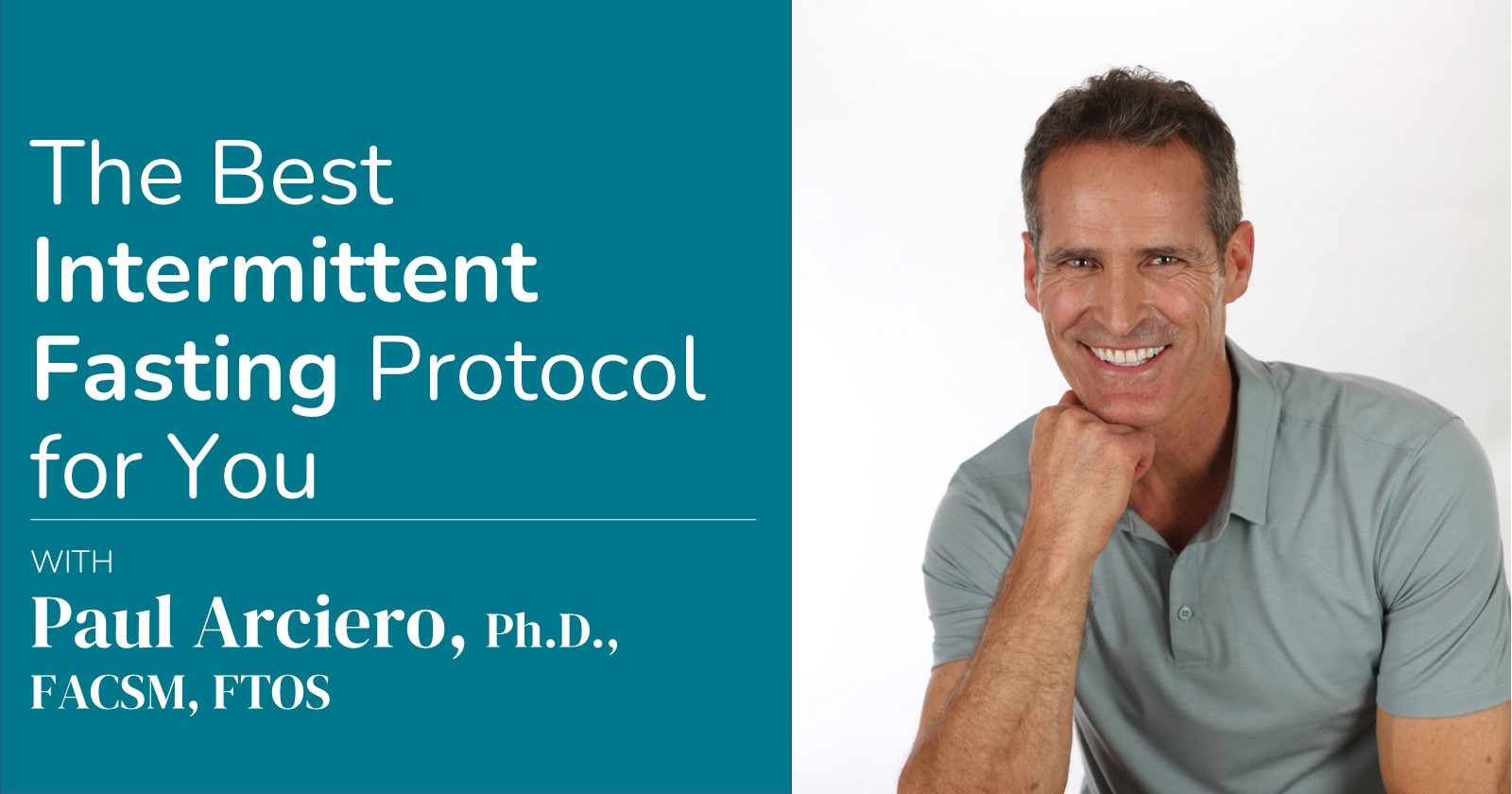This question is more common than you may think: Can you turn body fat into muscle? The answer is simple—no. At least, you can’t change body fat into muscle directly.
However, indirectly, you can work to burn fat and replace it with muscle. To fully explain how this works, we need to explain how resistance exercise leads to building muscle.
Let’s take weight training as an example. Lifting a weight increases muscle mass by first damaging muscle on a cellular level. The process then activates a cascade of signals in the muscle that tell your body to turn the proteins you eat into new muscle tissue as a repair mechanism. That mechanism is what’s known as muscle protein synthesis, or MPS. After a single weight-training session, MPS is upregulated in the body for 24 hours or more. It’s why nutritionists generally recommend getting adequate dietary protein (1.2 to 2 grams per kilogram of body weight per day) and time that intake (protein every three to four hours) over the course of the day.
Having protein readily available after hard exercise supplies the body with “building blocks” of MPS when it needs it most. The other nutrients like carbohydrates and fats are generally used as energy to fuel exercise, but not muscle building itself. It’s important to understand this process since energy status is related to fat stores in your body.
Weightlifting can indirectly decrease fat stores. Body fat fuels both the muscle-building process and acts as an energy source for the exercise that is needed to damage muscle. However, fat cannot directly convert into muscle. The reason is that fat tissue is made up of a compound called triglycerides. Triglycerides are molecules—that are literally shaped like a capital E—comprising a backbone and three chains of fatty acids. The fatty acid chains are almost exclusively made up of carbon, hydrogen, and oxygen.
Muscle mass is different. Muscle mass is made up of muscle tissue, glycogen, water, and some intra-muscular fat (1). Muscle is the only body tissue able to contract, which is due to its special chains of amino acids that widely vary in their structure. Importantly, these amino acid chains all contain the molecule nitrogen, an element that is almost exclusively stored in the body as muscle (2). The fundamental reason it’s impossible for fat to directly turn into muscle is due to fat tissue’s lack of nitrogen and the lack of a mechanism in the body to reconstruct fat into amino acids.
There’s no evidence that the building blocks of muscle tissue, amino acids, can be made in the body from anything other than other amino acids (3, 4). In fact, the vast majority of muscle built is from dietary nitrogen intake and dietary protein is the only significant source of nitrogen in the human diet (5, 6).
In summary, although lifting weights can both build muscle and induce fat loss, these are really two separate results and not one being the result of another.
References
- Frayn KN. Fat as a fuel: emerging understanding of the adipose tissue-skeletal muscle axis. Acta Physiol (Oxf). 2010 Aug; 199(4):509-18.
- Price GM, Halliday D, Pacy PJ, Quevedo MR & Millward DJ. Nitrogen homeostasis in man: influence of protein intake on the amplitude of diurnal cycling of body nitrogen. Clin Sci (Lond). 1994 Jan; 86(1):91-102.
- Hirotsu K, Goto M, Okamoto A & Miyahara I. Dual substrate recognition of aminotransferases. Chem Rec. 2005; 5(3):160-72.
- Felig P & Wahren J. Amino acid metabolism in exercising man. J Clin Invest. 1971 Dec; 50(12):2703-14.
- Phillips SM. The science of muscle hypertrophy: making dietary protein count. Proc Nutr Soc. 2011 Feb; 70(1):100-3.
- Phillips SM, Hartman JW & Wilkinson SB. Dietary protein to support anabolism with resistance exercise in young men. J Am Coll Nutr. 2005 Apr; 24(2):134S-139S.





